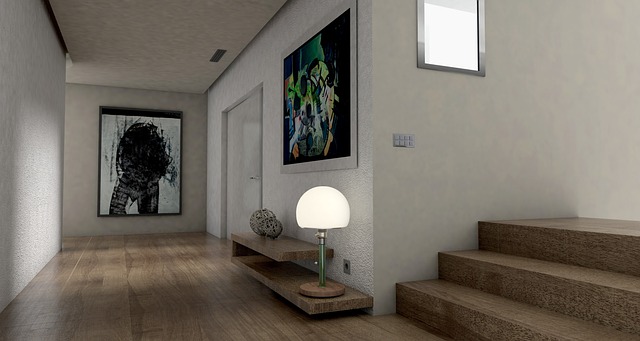In the ever-evolving landscape of technology, the concept of sensor input stands out as a catalyst for revolutionizing how we engage with our digital environments, particularly in the realms of virtual reality (VR), augmented reality (AR), and the metaverse. Each of these immersive spaces offers unique opportunities and challenges, defined significantly by the sophistication and precision of their sensor input techniques.
Virtual reality transports users into fully realized worlds, where they can experience environments that feel real to their senses. From the moment one slips on a VR headset, the world around them dissipates, replaced by expansive digital landscapes. This transportation does not occur by chance; it relies heavily on sensor input, including motion tracking and spatial awareness technologies. These sensors capture every tilt of the head and movement of the body, allowing for an intuitive interaction where users can stride through virtual fields or scale towering skyscrapers with unprecedented freedom. The embodiment of the user within this digital realm is profoundly enhanced by the responsiveness of sensor input, creating a seamless blend between the user’s intentions and actions performed within the VR space.
On the other hand, augmented reality serves as a bridge between our tangible world and the captivating digital overlays that enrich our experiences. Through devices like smartphones or AR glasses, we have the ability to superimpose digital content onto our everyday surroundings. The role of sensor input is equally crucial here, as it provides the necessary feedback for recognizing and interpreting spatial dimensions and environmental contexts. Imagine pointing your phone at a dilapidated building, and instantly, you can view historical imagery and interactive data about its past, all thanks to the dynamic interplay between the physical and virtual worlds facilitated by sensor technology. This synergy sparks a realization of how digital enhancements can inform, educate, and engage us directly in our personal environments.
As we venture further into the concept of the metaverse, the possibilities of sensor input expand dramatically. This interconnected virtual ecosystem proposes alternative realities for social interaction, commerce, and creativity. The metaverse, encompassing both VR and AR, thrives on a vast network of sensor inputs that track not only individual user movements but also communal interactions and behaviors. By leveraging advanced technologies like haptic feedback and biometric sensors, we move closer to an experience that mimics human connection and emotional engagement, making our interactions feel that much more meaningful and true to life.
As developers push the boundaries of what’s possible within simulation, the emphasis on improving sensor input remains paramount. The quest for more precise, responsive, and context-aware systems will undoubtedly shape the next iterations of VR, AR, and the metaverse, creating experiences that resonate with more depth and authenticity. In embracing this journey, we find ourselves not just as passive observers but as active participants in a digital age, where the lines between our physical and virtual realities blur in exhilarating new ways.



